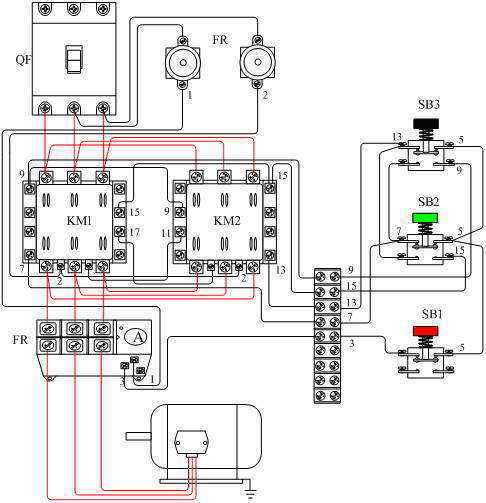1. How to choose AC contactor? What models are they? Electrical ac contactor manufacturers?
Answer: AC contactor selection, should be based on the type of load and working parameters of reasonable selection, briefly divided into:
A. Select the type of contactor. Selection of AC contactor should determine DC or AC, alternating current generally use AC for representation, DC stands for direct-current. According to the standards of our country, the rated voltage should be selected in the following standard system:
DC: 12, 24, 48, 60, 72, 110, 125, 250, 440V;
AC: 24, 36, 42, 127, 220, 660, 1140V, 380.
B. Rated parameters of contactor. In general, the small capacity AC contactor with the rated voltage of 380V and below, rated current of 20A and below, which can extinguish arc by the use of electric current natural zero two fracture near the cathode effect.
Model:
C- represents contactor, J- represents AC, CJT1, CJ20, CJX1, CJX2, CJX8, CJ40, CJ12, CJX5, SC, 1-CT
TAIXI Electric is a trusted manufacturer.

3. The reasons for tripping the leakage protector
Answer: As long as the monitoring of leakage protector to import current is 30 Ma, it jumped. It is very difficult to use an electric leakage protector for the old circuit or wiring without casing, even if you can jump on the wet weather, it is difficult to check the reason and location of the leakage. I tell you that as long as you remove the leakage protector, put on the same power air switch (control FireWire, zero line can be zero together) can be used normally.
4. What is the role of leakage protector?
A: Leakage protector is mainly to provide indirect contact protection, in the conditions, but also can be used as a direct contact with the supplementary protection, protection against fatal electric shock accident.
5. Installation method of leakage protector?
The leakage protector is used together with the air switch, and is arranged at the front end of the power supply of the equipment. The leakage protector is used together with the air switch, and is arranged at the front end of the equipment power supply.


